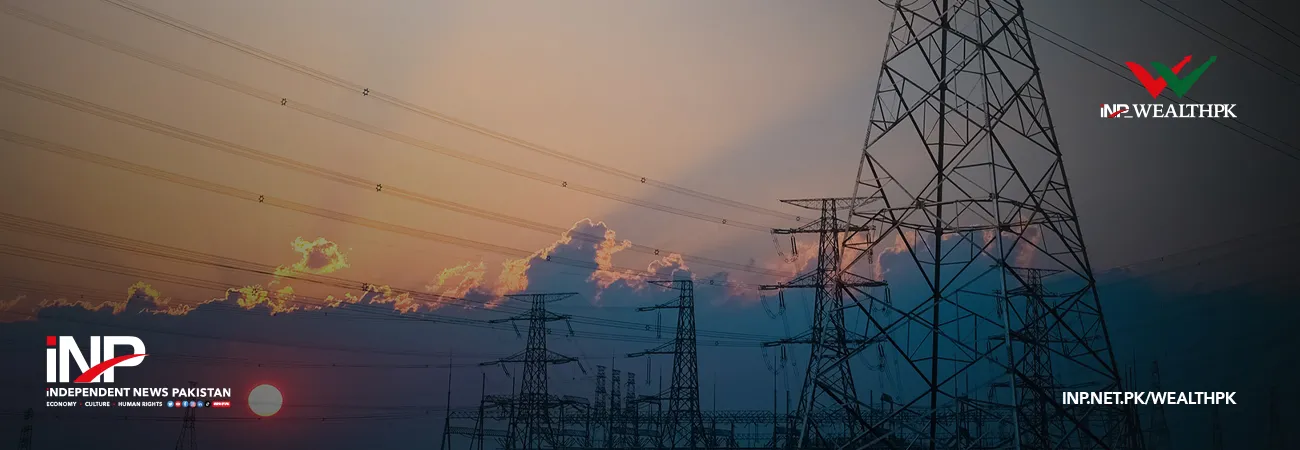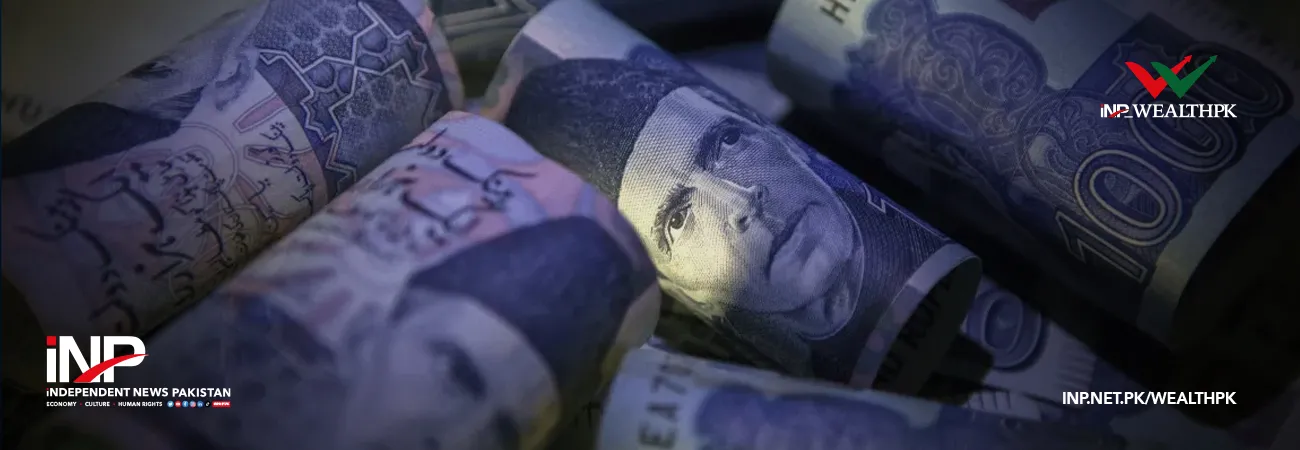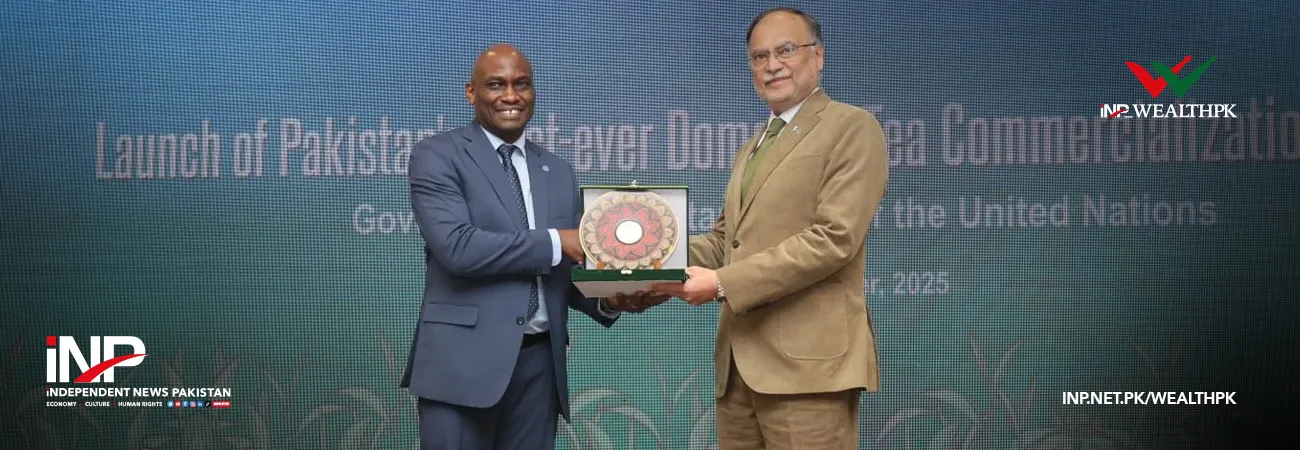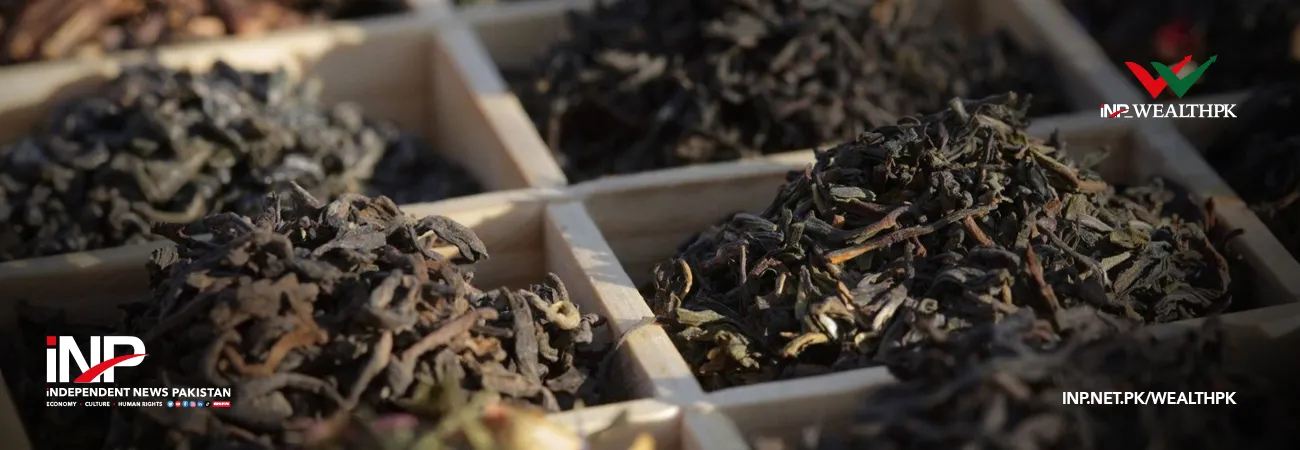INP-WealthPk
Amir Saeed
The federal government's 13% power subsidy reduction in the budget for fiscal year 2025-26 may severely impact poor and lower-middle-income households, necessitating a comprehensive approach to shield such consumers from the adverse effects of the budgetary move.
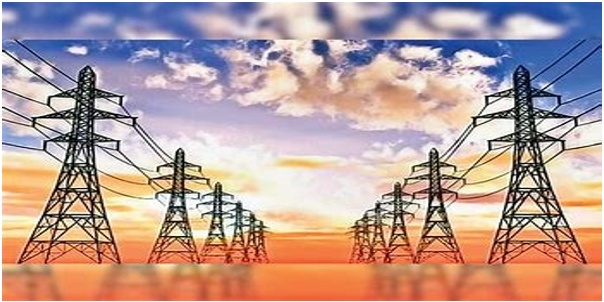
The federal budget cut the allocation by Rs376 billion compared to the previous year, lowering it from Rs1.19 trillion in FY25 to Rs1.036 trillion in FY26, resulting in notable savings for the national exchequer.
Despite this reduction, electricity rates for both households and industries have been decreased, marking a rare instance where subsidy cuts coincide with lower consumer tariffs. Among the key reductions, the subsidy for inter-distribution company tariff differentials has been lowered from Rs276 billion to Rs249 billion.
Support for electricity in the merged districts of Khyber Pakhtunkhwa (erstwhile Fata) has been slashed from Rs65 billion to Rs40 billion, while the allocation for tariff differentials in Azad Jammu and Kashmir has been cut from Rs108 billion to Rs74 billion. K-Electric's tariff subsidy sees a significant drop from Rs174 billion to Rs125 billion.
Talking to WealthPK, Afia Malik, an energy expert, said that the announced 13% reduction in power subsidies is expected to create significant challenges for low-income individuals in Pakistan, where nearly half of the population lives below the poverty line. “To lessen the burden on these vulnerable groups, it is crucial that compensation is provided through the Benazir Income Support Programme (BISP).
Encouragingly, the BISP budget has been increased, raising hopes that the government has identified protected and lifeline consumer categories to receive direct subsidies via this channel,” Afia said.However, she emphasised that the impact on lower-middle-income groups will likely be more severe. “These households often fall outside existing social safety nets unless they benefit from provincial initiatives, such as subsidised solar panels.”
“Implementing such programmes on a large scale remains a complex and challenging task. Without adequate support, these groups may face increased financial strain due to the subsidy cuts,” she said. “Therefore, a comprehensive approach combining direct subsidies and provincial schemes is essential to shield both low-income and vulnerable lower-middle-income households from the adverse effects of subsidy reductions,” Afia suggested.
Credit: INP-WealthPk



